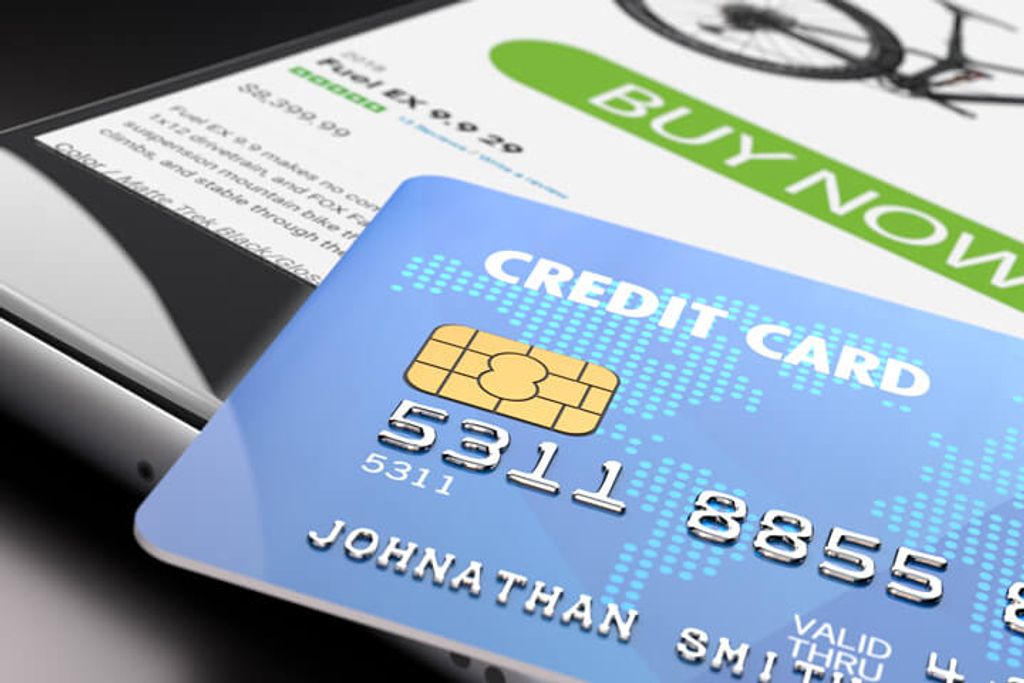High-risk merchant accounts are a crucial component of many businesses operating in industries that are deemed to have a higher level of risk. These accounts provide a means for these businesses to accept payments from customers, but they also come with their own set of benefits and challenges. In this article, we will demystify high-risk merchant accounts by exploring what defines them, the industries that typically require them, the benefits they offer, the challenges faced by high-risk merchants, and how to obtain them. Read on to gain a better understanding of high-risk merchant accounts and what you need to know.
Key Takeaways
- High-risk merchant accounts are essential for businesses operating in industries with a higher level of risk.
- Industries such as online gambling, adult entertainment, and pharmaceuticals typically require high-risk merchant accounts.
- Benefits of high-risk merchant accounts include increased revenue potential, global customer reach, and fraud protection.
- Challenges faced by high-risk merchants include higher processing fees, stricter underwriting requirements, and potential account holds or terminations.
- To obtain a high-risk merchant account, businesses need to consider factors such as their industry, business model, and processing history, and follow steps such as finding a suitable payment processor and providing necessary documentation.
Understanding High-Risk Merchant Accounts

What Defines a High-Risk Merchant Account?
A high-risk merchant account is a type of payment processing account that is considered to have a higher level of risk associated with it. Merchant security is a key concern for high-risk merchant accounts, as they are more susceptible to fraudulent activities and chargebacks. These accounts are typically associated with industries that have a higher likelihood of chargebacks, such as online gambling, adult entertainment, and pharmaceuticals.
Industries That Typically Require High-Risk Merchant Accounts
In certain industries, businesses are more likely to be classified as high-risk merchants. These industries are often associated with higher levels of fraud, chargebacks, and regulatory scrutiny. Payment processors consider several factors when determining whether a business falls into the high-risk category. Red flags such as a high chargeback ratio, a history of fraudulent activity, or operating in a heavily regulated industry can increase the likelihood of being classified as high-risk.
The Benefits and Challenges of High-Risk Merchant Accounts

Benefits of High-Risk Merchant Accounts
When it comes to high-risk merchant accounts, navigating online annoyances can be a challenging task. However, with the right strategies and tools in place, we can overcome these obstacles and reap the benefits of such accounts. One of the key advantages is the ability to process payments from customers in industries that are typically considered high-risk. This opens up opportunities for businesses to tap into lucrative markets and expand their customer base.
Challenges Faced by High-Risk Merchants
As high-risk merchants, we face several challenges in our day-to-day operations. One of the main challenges is the need to identify high-risk areas in our business. This involves analyzing our industry, customer base, and transaction patterns to determine potential risks. By understanding these high-risk areas, we can implement appropriate measures to mitigate any potential issues.
In addition, we must also navigate the complex landscape of payment processors. Many payment processors are hesitant to work with high-risk merchants due to the perceived risks involved. This can make it difficult for us to find a suitable processor that offers competitive rates and reliable services.
To overcome these challenges, we rely on the expertise and support of companies like HighRiskMerchantProcessors.com. They specialize in providing secure and tailored payment solutions for high-risk businesses. With their advanced credit card processing, smart invoicing, and fraud prevention tools, they help us redefine success in challenging markets.
In conclusion, while there are challenges associated with being a high-risk merchant, we have the resources and support necessary to navigate these obstacles and thrive in our industry.
How to Obtain a High-Risk Merchant Account

Factors Considered by Payment Processors
When evaluating high-risk merchant accounts, payment processors take into consideration several factors. These factors help determine the level of risk associated with the merchant and the likelihood of successful transactions. Unlocking success in obtaining a high-risk merchant account requires a thorough understanding of these factors and how to address them.
One key factor that payment processors consider is the industry in which the merchant operates. Certain industries, such as online gambling, adult entertainment, and pharmaceuticals, are inherently high-risk and may face more scrutiny.
Another important factor is the merchant’s credit history. Payment processors assess the merchant’s creditworthiness to gauge their ability to fulfill financial obligations. A strong credit history can increase the chances of approval for a high-risk merchant account.
Additionally, payment processors evaluate the merchant’s chargeback ratio. A chargeback occurs when a customer disputes a transaction and requests a refund. High chargeback ratios indicate potential issues with customer satisfaction or fraudulent activity.
To mitigate risk, merchants seeking a high-risk merchant account should be prepared to provide detailed documentation, including financial statements, business plans, and compliance records. It is also essential to have robust fraud prevention measures in place to protect against unauthorized transactions.
In summary, obtaining a high-risk merchant account involves understanding and addressing the factors considered by payment processors. By demonstrating industry knowledge, maintaining a strong credit history, and implementing effective risk management strategies, merchants can increase their chances of unlocking success in the high-risk market.
Steps to Secure a High-Risk Merchant Account
When it comes to securing a high-risk merchant account, there are several important steps to follow. First, it is crucial to thoroughly research and understand the factors considered by payment processors. This includes assessing the nature of your business, the industry you operate in, and the level of risk associated with your products or services. By having a clear understanding of these factors, you can better position yourself for success.
Once you have a comprehensive understanding of the factors considered, you can begin the process of applying for a high-risk merchant account. This typically involves gathering all the necessary documentation, such as financial statements, business licenses, and any relevant legal documents. It is important to ensure that all the required information is accurate and up-to-date.
After gathering the necessary documentation, you will need to find a suitable high-risk payment gateway. This is a crucial step as the payment gateway will handle the processing of transactions and ensure the security of customer data. It is important to choose a reputable and reliable payment gateway that specializes in high-risk merchant accounts.
Once you have selected a high-risk payment gateway, you will need to integrate it into your website or online platform. This involves working closely with your web developer or IT team to ensure a seamless integration. It is important to test the payment gateway thoroughly to ensure that it is functioning correctly and providing a smooth user experience.
Finally, it is important to regularly monitor and review your high-risk merchant account. This includes keeping track of transaction volumes, chargeback ratios, and any other relevant metrics. By closely monitoring your account, you can identify any potential issues or areas for improvement and take proactive measures to address them.
Conclusion
In conclusion, understanding high-risk merchant accounts is crucial for businesses operating in industries that are considered high-risk. While there are benefits to having a high-risk merchant account, such as increased revenue opportunities and flexibility in payment processing, there are also challenges that high-risk merchants must navigate, including higher fees and stricter underwriting requirements. To obtain a high-risk merchant account, businesses must carefully consider the factors that payment processors evaluate and follow the necessary steps to secure an account. By doing so, businesses can effectively manage their payment processing needs and mitigate the risks associated with operating in a high-risk industry.
Frequently Asked Questions
What is a high-risk merchant account?
A high-risk merchant account is a type of merchant account that is specifically designed for businesses operating in industries that are considered high-risk by payment processors and financial institutions.
What defines a high-risk merchant account?
A high-risk merchant account is defined by the nature of the business, such as operating in industries with high chargeback rates, legal and regulatory restrictions, or reputational risks.
Which industries typically require high-risk merchant accounts?
Industries that typically require high-risk merchant accounts include online gambling, adult entertainment, pharmaceuticals, travel and tourism, and e-cigarette and vape products.
What are the benefits of high-risk merchant accounts?
The benefits of high-risk merchant accounts include access to payment processing services, increased revenue opportunities, and specialized risk management tools and support.
What are the challenges faced by high-risk merchants?
Challenges faced by high-risk merchants include higher processing fees, stricter underwriting requirements, potential account holds and freezes, and limited options for payment processors.
How can I obtain a high-risk merchant account?
To obtain a high-risk merchant account, you need to consider factors such as your business’s industry, chargeback history, financial stability, and compliance with legal and regulatory requirements. You can then follow the steps of researching and selecting a suitable payment processor, preparing the necessary documentation, and submitting an application.








